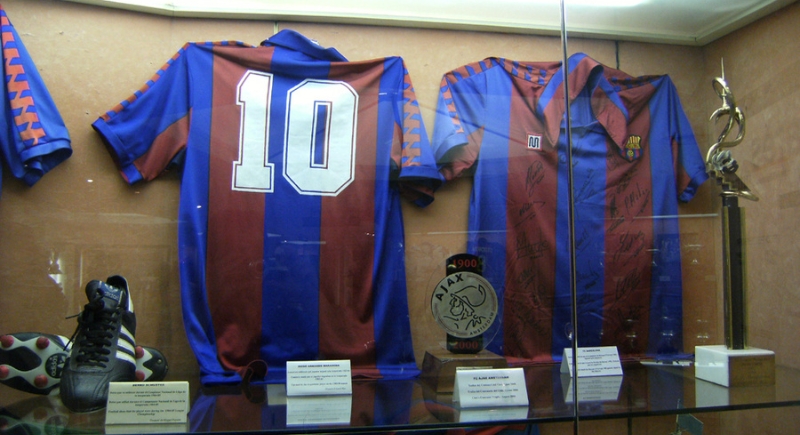What Makes the No. 10 Jersey So Special in Football?
The No. 10 shirt has a reputation that few numbers in sports history can match. In youth leagues and the brightest stages of the World Cup, it signals that a team’s most creative and reliable player is stepping on the field. Jersey numbers were once assigned by position alone, but over time, No. 10 became an honor and something players around the world chase. Footballers past and present have helped build this tradition.
Pelé wore No. 10 when he won three World Cups for Brazil and scored over 1,000 career goals. Diego Maradona chose it for Argentina and carried his nation to glory in 1986. Lionel Messi wore it through record-breaking seasons at Barcelona, with a Champions League medal collection and a World Cup win in Qatar 2022. Zinedine Zidane played with grace and strength in France’s No. 10 before lifting both a World Cup and a European Championship. Ronaldinho created magic with the ball for Barcelona in that same number. Wayne Rooney became Manchester United’s leading scorer wearing No. 10. It is all these achievements that keep this number alive in the minds of young players everywhere.
Origins of the Number and Its Role in the Field

Image via Unsplash/Vishal Butolia
In the early days of professional football, numbers ran from one to eleven and matched specific positions. Goalkeepers wore one, defenders wore two through five, and forwards wore higher numbers. When teams wanted a player to operate between midfield and attack, they often gave him No. 10.
Over the decades, coaches realized that the player in this space was often the team’s link. In Argentina, the role became known as the enganche. In Italy, the trequartista label came up to describe a similar position.
This role is still crucial in modern tactics. The No. 10 may work behind a lone forward in a 4-4-1-1 or behind two forwards in a 4-3-1-2. In many 4-2-3-1 systems, the central attacker is No. 10. Pressing strategies ask these players to close down defenders high up the pitch, which turns them into the first line of defense.
In a single match, a No. 10 might drop deep to receive the ball, drift wide to overload a flank, or step into the box to finish a move. That variety is why so many see this role as the heart of a team’s creativity.
Why Today’s Stars Still Chase the Number

Image via Wikipedia/Кирилл Венедиктов
Branding plays a part in the attraction now. Footballers know that a number can become part of an identity, the way CR7 did for Cristiano Ronaldo. Players build channels and trademarks around their image, and the No. 10 has a history that fits perfectly with that. Clubs notice this, too.
Chelsea handed Cole Palmer No. 10 as his profile grew, while young talents like Jamal Musiala have claimed it to show they are ready to lead their teams. At Real Madrid, the number is about to be free with Luka Modric leaving, and supporters already speculate if Kylian Mbappé will take it. Barcelona’s Lamine Yamal, who has delivered assists and titles at only 17, is another player ready to take that step.
A Legacy That Keeps Building

Image via Wikipedia/S. Plaine
Decades of history keep the No. 10 shirt from fading into the background. Every generation adds new stories to it. Fans remember players like Michel Platini, a three-time Ballon d’Or winner, and Roberto Baggio, who dazzled Serie A with his skill and goals, whenever they see that number. This tradition transcends borders, as South American teams, European clubs, and national sides worldwide hand the jersey to those they trust most. Even as formations change and tactics evolve, coaches continue to look for someone capable of linking everything together on the pitch.